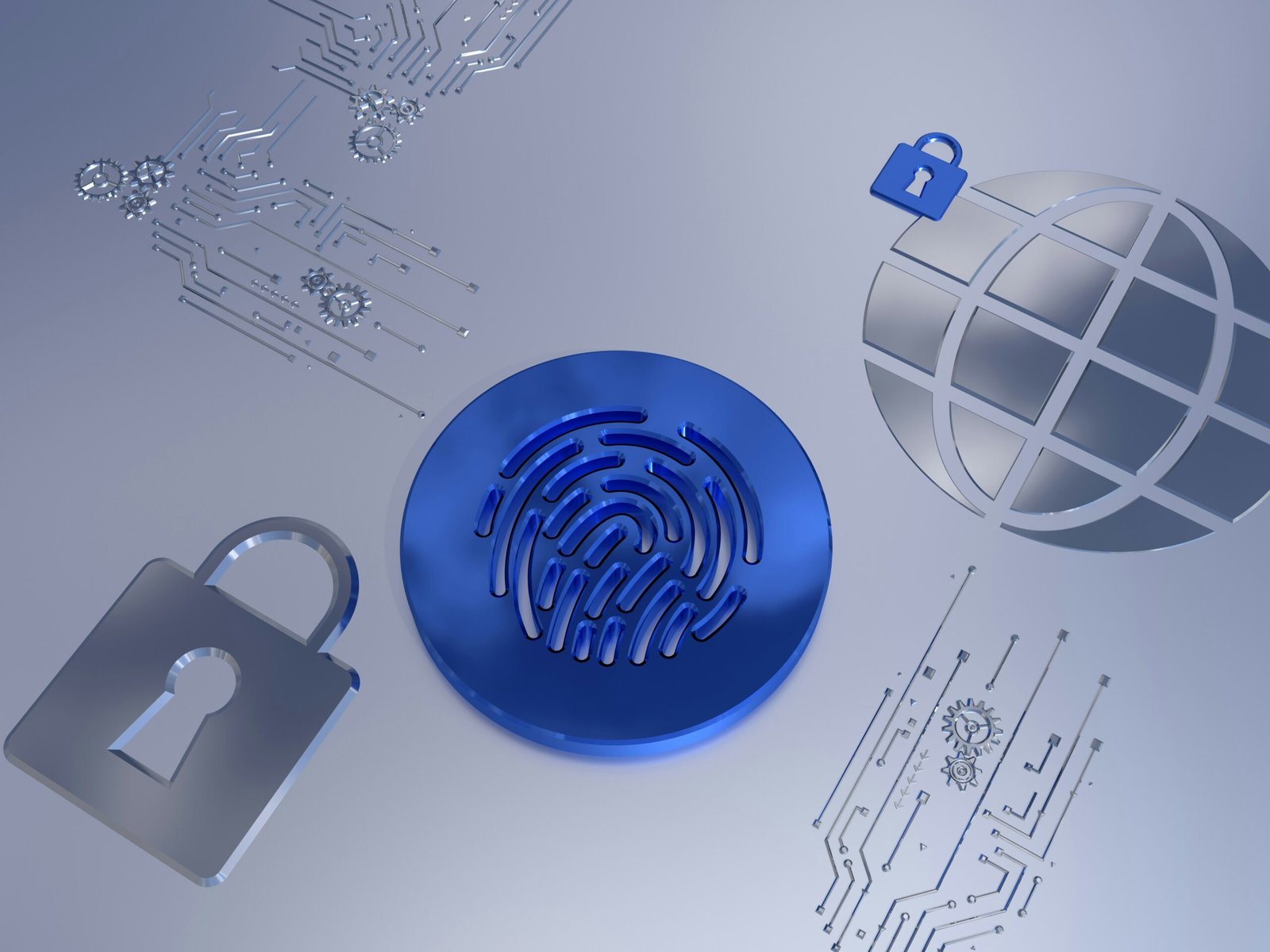Guide to Secure Software Standards and Frameworks
In the rapidly evolving world of software development, security is no longer optional—it’s essential. Application security standards provide a foundation for building secure applications by guiding developers, organizations, and security professionals in best practices for risk management, data protection, and compliance. Here’s an overview of some of the most influential standards shaping application security today.

1. OWASP (Open Web Application Security Project)
OWASP is one of the most widely recognized organizations dedicated to improving software security. Its flagship project, the OWASP Top Ten, identifies the most critical security risks for web applications, making it a must-follow standard for developers. OWASP also offers a comprehensive set of guidelines, tools, and resources, including the OWASP ASVS (Application Security Verification Standard), which provides a framework for designing, building, and verifying secure applications.
Ideal For: Developers, security teams, and organizations looking to secure web applications
Key Focus: Web application security risks and best practices
2. NIST (National Institute of Standards and Technology)
The NIST Cybersecurity Framework and various NIST standards, including NIST SP 800-218. NIST 800-218, also known as the Secure Software Development Framework (SSDF), provides guidelines for integrating security practices into the software development lifecycle. It emphasizes secure coding, vulnerability management, and continuous risk mitigation to enhance software security and reduce vulnerabilities.
Ideal For: Government contractors, organizations handling sensitive data, and enterprises aiming for robust security practices
Key Focus: Comprehensive cybersecurity measures, with a focus on federal compliance and data security
3. Microsoft SDL
The Microsoft Security Development Lifecycle (SDL) is a comprehensive process framework aimed at embedding security and privacy into every phase of the software development lifecycle. Originally developed by Microsoft, SDL helps organizations minimize vulnerabilities and build reliable, secure software solutions.
Ideal For: Organizations looking to enhance their software security posture. Developers keen to create secure software
Key Focus: Secure Design, Secure Coding Practices and SAST
4. OWASP SAMM
The OWASP Software Assurance Maturity Model (SAMM) is a flexible, open framework designed to help organizations build secure software. SAMM provides guidance for assessing, improving, and integrating security practices across the software development lifecycle (SDLC). It is tailored to fit diverse organizational structures, development methodologies, and business goals.
Ideal For: Business seeking to enhance their software assurance capabilities, Security Teams tasked to enhance software security through structured and measurable practices.
Key Focus: Governance, Design, Implementation, Verification and Operations
4. ISO/IEC
ISO/IEC 27034-1:2011 provides a framework for integrating security into application development processes. It offers guidelines to ensure applications meet security requirements, addressing risks through secure coding practices, controls, and ongoing assessments within an organizational context.
Ideal For: Organizations of any size, especially those pursuing international recognition for robust information security
Key Focus: Information Security Management Systems (ISMS)
4. PCI-DSS (Payment Card Industry Data Security Standard)
For businesses handling payment data, PCI-DSS compliance is critical. Established by the Payment Card Industry Security Standards Council, PCI-DSS outlines requirements for secure payment card processing, focusing on protecting cardholder data from breaches and fraud.
Ideal For: Organizations involved in processing, storing, or transmitting credit card information
Key Focus: Payment security and cardholder data protection
Conclusion
Understanding and adhering to application security standards is vital for protecting data, ensuring regulatory compliance, and maintaining user trust. While each standard has unique requirements, they all share a common goal: building secure, resilient applications. Organizations should evaluate their industry requirements, the types of data they handle, and the potential risks to determine which standards best align with their security objectives. By incorporating these standards into your security practices, you can establish a strong foundation for safeguarding your applications and data.



